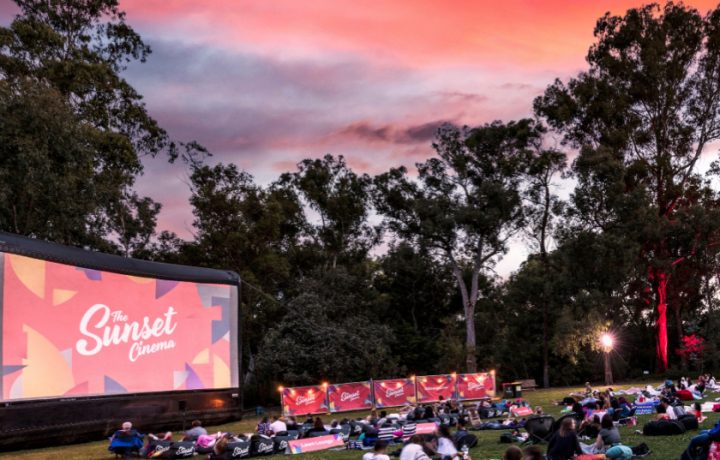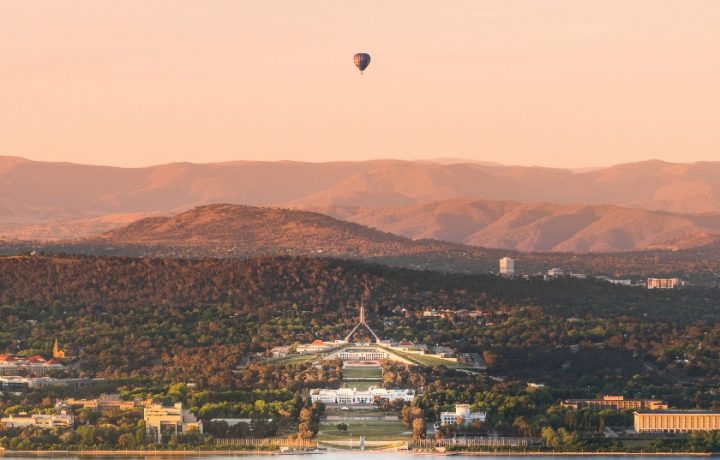Expect more than Flares and Skyhooks at the National Library’s Latest Exhibition

Posted on
1975: Living in the Seventies opens at the National Library of Australia this week, and it’s about much more than nostalgia.
You might be expecting an exhibition filled with platform shoes, burnt orange décor, and maybe a few Skyhooks records spinning in the background. But what you actually discover at the National Library of Australia’s newest exhibition – 1975: Living in the Seventies – is a complex, fascinating portrait of a year that shaped modern Australia in ways you never imagined.
Dr Guy Hansen, the National Library’s Director of Exhibitions, puts it perfectly: “It’s not just nostalgia, it’s a really interesting period in Australian history.”
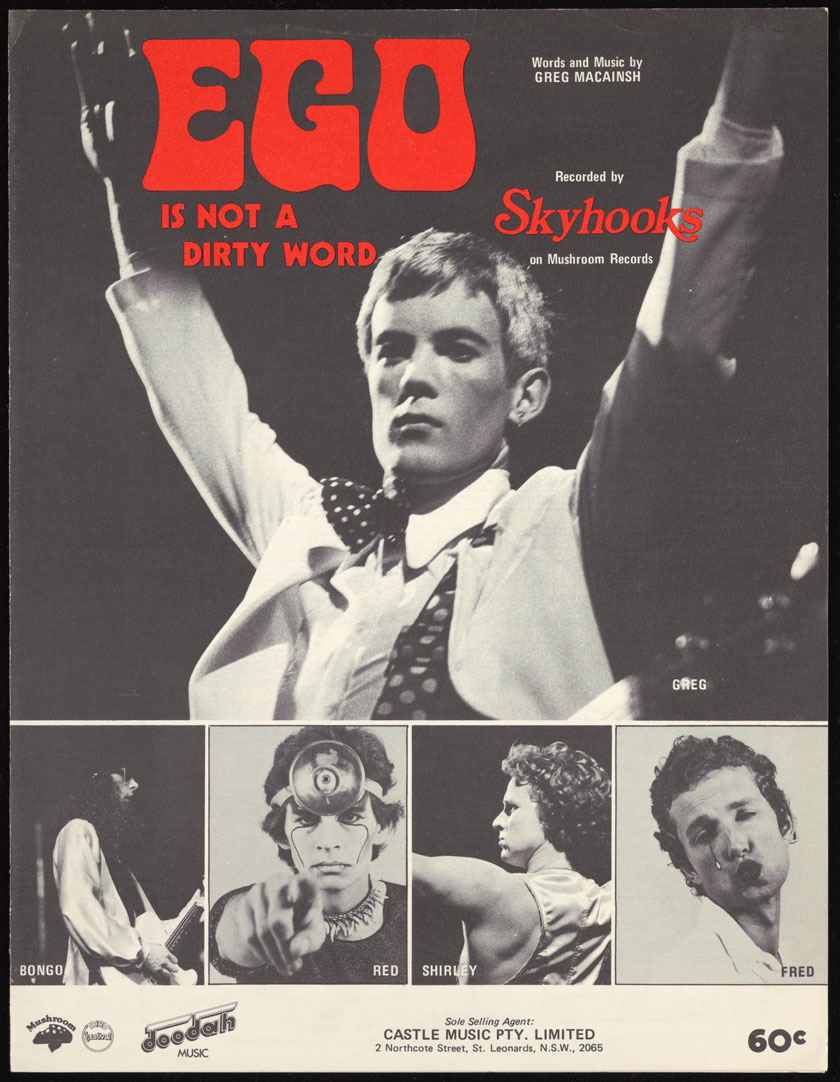
Skyhooks sheet music
Walking through the exhibition, you’ll encounter objects that tell stories far richer than the stereotypical seventies narrative. Hansen’s personal favourite? Sheet music from the 1975 top 40 – folded pieces of paper that led music-obsessed kids to try to recreate Skyhooks or Olivia Newton-John hits on their home guitars. It’s a simple object that captures something profound about how Australians were engaging with their own culture.
“I was 12 in 1975 and I remember being really excited about the establishment of Double J as a radio station,” Hansen recalls. “I used to go to the local record store and buy records, and one of the things you could buy was the sheet music for what was in the top 40.”
But alongside these cultural touchstones, you’ll discover photographs of suburban life that reveal both the familiar and the surprising – images of local shopping centres that feel both nostalgic and strikingly different from today.
The stories that will surprise you

Norman Gunston and Denise Drysdale.
Yes, Countdown gets its due recognition as the cultural phenomenon that had kids racing home to sit in front of the television every Sunday at 6 pm. But the exhibition reveals how this wasn’t just entertainment – it was part of Australia finding its cultural confidence.
“There wasn’t so much of the cultural cringe, and people were really proud of what Australians were doing,” Hansen explains.
This new nationalism extended far beyond music. The exhibition showcases how 1975 was the year Australian stories exploded across cinema screens with Picnic at Hanging Rock and Sunday Too Far Away, while Australian writers like David Ireland were capturing detailed suburban experiences in novels like The Glass Canoe.
But it wasn’t all about the popular culture revolution. The young people of 1975 – those Baby Boomers we often imagine as having it easy – were facing big issues, from the aftermath of the Vietnam War conscription to economic uncertainty and massive social change.
“When you take a deep dive in 1975, you can see there were lots of really challenging issues for young people,” Hansen notes.
The women’s stories that demand attention
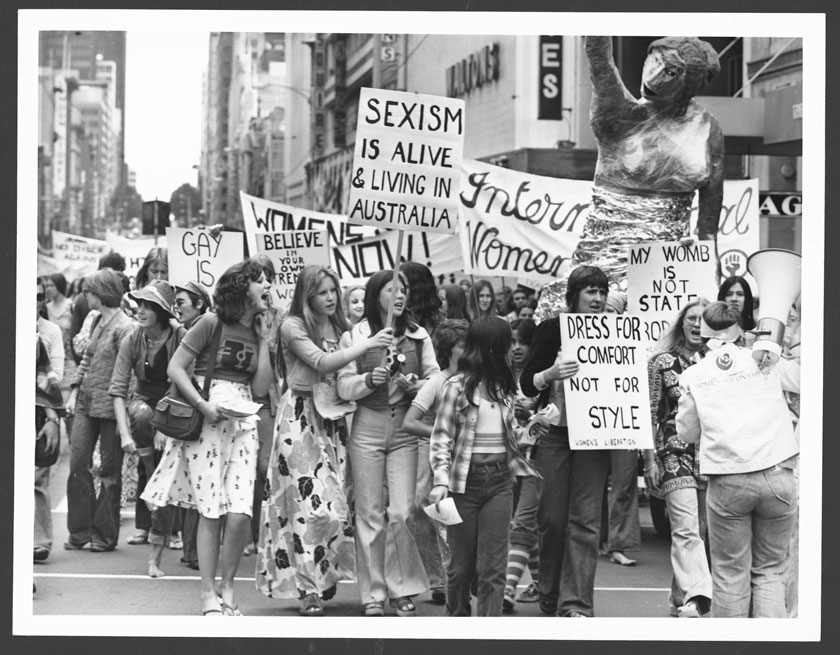
Women on the march
Perhaps the most powerful section focuses on women’s experiences during what the United Nations declared the International Year of Women. You’ll find photographs from the International Women’s Day marches and learn about groundbreaking moments like Anne Summers establishing Australia’s first women’s refuge, Elsie.
The exhibition also doesn’t shy away from the significance of changes like no-fault divorce being introduced in 1975 – a reform that fundamentally altered Australian family life. These weren’t abstract policy changes; they were lifelines for real women navigating domestic challenges.
Connecting the past and present
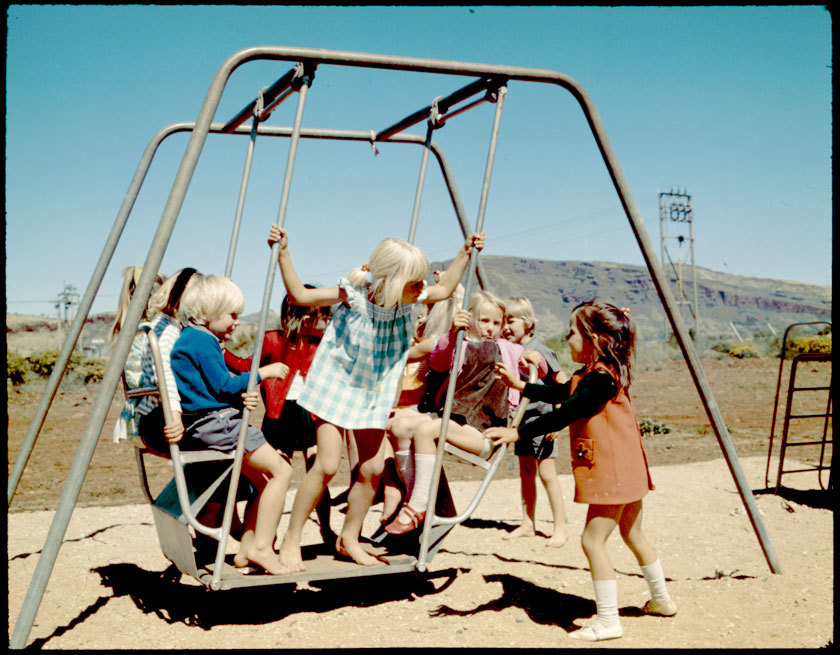
What makes 1975: Living in the Seventies particularly compelling is how it connects past to present. The economic pressures, housing challenges, and generational tensions of 1975 echo many of today’s debates. As Hansen puts it, “you can connect those dots right up to the present.”
THE ESSENTIALS
What: 1975: Living in the Seventies
Where: National Library of Australia, Parkes Place, Canberra
When: 14 August 2025 – 1 February 2026
Web: library.gov.au
